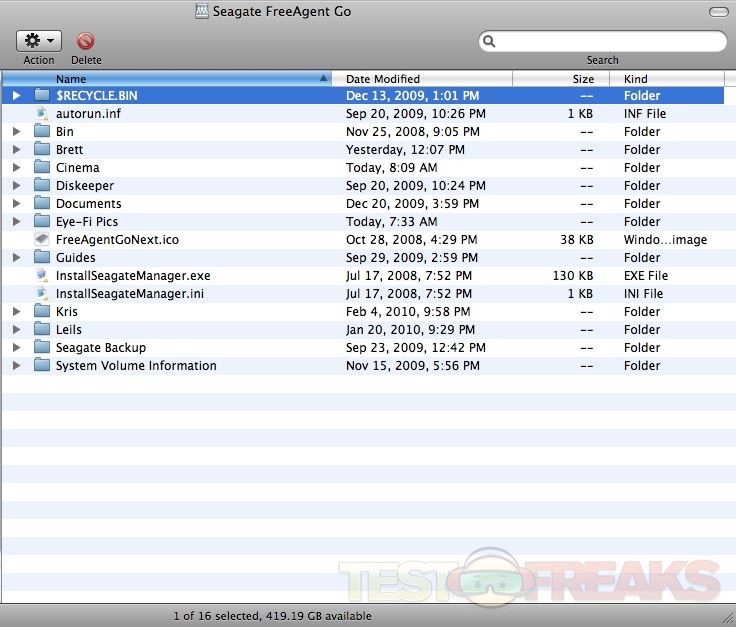

- #DOCKSTAR APP FREE ZIP FILE#
- #DOCKSTAR APP FREE UPDATE#
- #DOCKSTAR APP FREE TV#
- #DOCKSTAR APP FREE FREE#
During those 90 minutes, any additional processing may push the processing time to conflict with the scheduled re-run of housekeeping.sh (i.e.
#DOCKSTAR APP FREE ZIP FILE#
Zipping the files into a zip file takes around 5 minutes, so the basic processing time for both cameras is approximately 90 minutes. The JPG to AVI conversion is handled by ffmpeg and usually takes 40 minutes per camera. After the zip process, it will delete the now empty camX-YYYY.MM.DD.hh.mm directory. Once it restarts the capture, it will then convert the renamed directory's JPG files to an AVI and when done, it zips the JPG into a file under the processed directory (deleting the jpgs in the process). Every 2 hours, it shuts down the mjpg-streamer (using "pkill mjpg-streamer"), renames the cam directories to camX-YYYY.MM.DD.hh.mm (X for the webcam number) and restarts the webcams/file streamer. The Pogoplug setup generates a webstream for each webcam (accessible from the internet from any device) and also a jpeg of the image per second into a defined directory (cam1 and cam2). The NSLU2 is not powerful enough to do image conversion (JPG to AVI) so I haven't been saving the stream. 2 web services that serves the video stream (for each webcam) and 2 file streams that saves an image per second for the 2 webcams. The first webcam grabs the output of my old NSLU2 (the predecessor of the Pogoplug) which is basically a NAS device that I reverted to a webcam server, while the latter two are hosted in my Pogoplug and runs two instances (actually 4, the other two are webcam image captures stored as JPGs) of MJPG-Streamer. Host name is your dynamic DNS website name, example.
#DOCKSTAR APP FREE UPDATE#
You can then automate your update to Dyndns by logging in to their site with your username/password and it will record your IP address as the address to go to whenever you logon.ĭD-WRT has a DDNS tab that will automatically logon and update the DYNDNS table to your current IP.
#DOCKSTAR APP FREE FREE#
You can replace this with whatever web address you already have or subscribe to a free DNS redirector like DYNDNS. and it is updated daily with my router's internet address. In this example, I am using a free DNS redirector from DYNDNS to use the site. This would mean, any reference to would automatically route to the pogoplug's port 80. If you have a DD-WRT router, you basically would have to just go to your router's IP (in my case 192.168.1.1) and pick the NAT/QoS tab, and setup Port From 88 to route to 192.168.1.99 and port 80. In this case, if your pogoplug has an IP address of 192.168.1.99 and the webcam stream are from port (for each webcam), then you would have to define an incoming port (from the net, example port 88) and route it to local port of 192.168.1.99:80. The webcam views are from local ports, but if you want this to be viewable from the internet, you would have to define routing tables using your router to route traffic from the internet port to a particular web stream. The top header is just a bunch of scripts I used to show the current temp, visitor info, current Winnipeg time and the time in Asia. Here's a sample of the final output of my webpage:
#DOCKSTAR APP FREE TV#
Basically the processing power of the Pogoplug is much more than the Raspberry Pi although graphically the Pi is much more capable with it's GPU.īut since my main purpose is to make a headless webcam security system (not plugged in to a TV or monitor), the Pogoplug is more suited for this application. The Pogoplug V2 Grey has a 1.2Ghz Marvel Kirkwood ARM9 processor while the Raspberry Pi has a 700Mhz Broadcom BCM2835 ARM176 core with hardware floating point. Continuing on from our Raspberry Pi set-up of a streaming internet webcam, I have modified my setup to use a Pogoplug (or Dockstar, which is basically the same hardware) as my security camera system.


 0 kommentar(er)
0 kommentar(er)
